Rapiflo 8
250.00৳ Strip
Rapiflo, a potent treatment for benign prostatic hyperplasia (BPH), offers relief from its symptoms with its selective alpha-1 adrenergic receptor antagonism. Its superior uroselectivity and convenient once-daily dosing make it an effective option for BPH sufferers, especially those unresponsive to Tamsulosin. Silodosin, the active component, relaxes smooth muscles in the urinary tract, enhancing urine flow and alleviating BPH symptoms. With cautious administration and attention to contraindications, Rapiflo stands as a reliable solution for managing BPH discomfort.
 Brand
Brand
|
Square Pharmaceuticals PLC |
|---|---|
 Generics
Generics
|
Silodosin |
Indications:
Rapiflo, a potent selective alpha-1 adrenergic receptor antagonist, effectively alleviates the signs and symptoms of benign prostatic hyperplasia (BPH). It stands out for its superior uroselectivity to alpha-1 adrenergic receptors, making it an optimal choice for those with BPH resistant to Tamsulosin. Unlike some alternatives, Rapiflo doesn’t induce orthostatic hypotension, offering the convenience of once-daily dosing.
Pharmacology:
Silodosin, the active ingredient in Rapiflo, selectively blocks post-synaptic alpha-1 adrenoreceptors in various urinary tract tissues, leading to smooth muscle relaxation. This relaxation enhances urine flow and diminishes BPH symptoms.
Dosage & Administration:
The recommended dosage of Rapiflo is 8 mg orally once daily with food. For individuals with moderate renal impairment (CrCl 30-50 mL/min), the dose is 4 mg taken orally once daily with a meal.
Interaction:
Co-administration of Rapiflo with strong P-glycoprotein inhibitors may elevate plasma concentration. Additionally, combining PDE5 inhibitors with alpha-blockers like Rapiflo can lead to symptomatic hypotension.
Contraindications:
Rapiflo is contraindicated in patients with severe renal and hepatic impairment, those concurrently using strong Cytochrome P450 3A4 (CYP3A4) inhibitors, and individuals with a history of hypersensitivity to Silodosin.
Side Effects:
Common adverse reactions to Rapiflo include retrograde ejaculation, dizziness, diarrhea, headache, and nasal congestion. Notably, orthostatic hypotension may occur.
Pregnancy & Lactation:
Pregnancy Category B. Silodosin isn’t intended for use in women. Studies in animals showed no significant teratogenicity, but caution is advised.
Precautions & Warnings:
Patients initiating Rapiflo treatment may experience postural hypotension, necessitating caution. It should not be used concurrently with other alpha-blockers. Individuals planning cataract surgery should inform their ophthalmologist about Rapiflo usage due to the risk of Intraoperative Floppy Iris Syndrome (IFIS).
Use in Special Populations:
Rapiflo isn’t indicated for pediatric patients. Geriatric use and dosing adjustments for renal and hepatic impairment are outlined based on clinical studies.
Overdose Effects:
In cases of Rapiflo overdose leading to hypotension, cardiovascular support is paramount. Intravenous fluids and vasopressors may be necessary, with careful monitoring of renal function.
Therapeutic Class:
Rapiflo belongs to the therapeutic class of drugs used in benign prostatic hyperplasia, urinary retention, and urinary incontinence.
Storage Conditions:
Store Rapiflo below 30°C in a dry place shielded from light, and ensure it’s inaccessible to children.





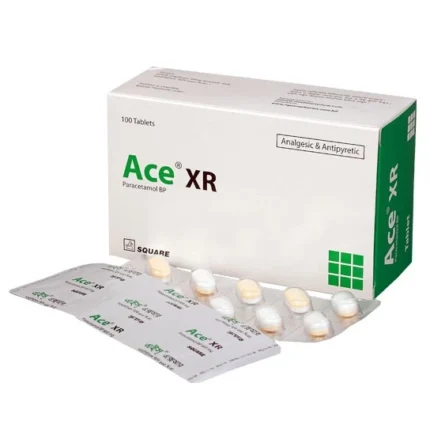
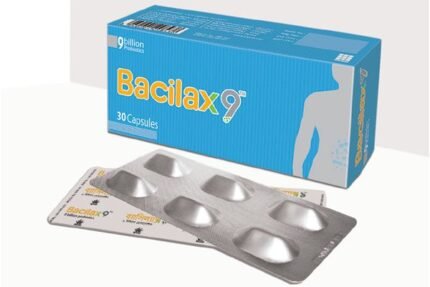

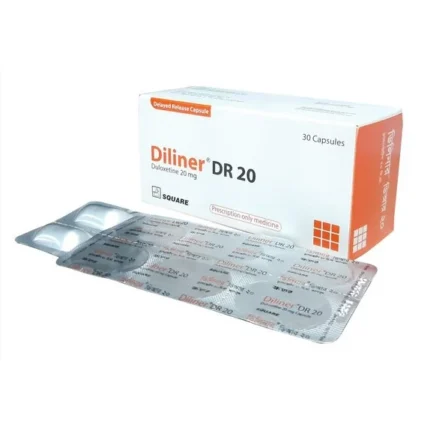
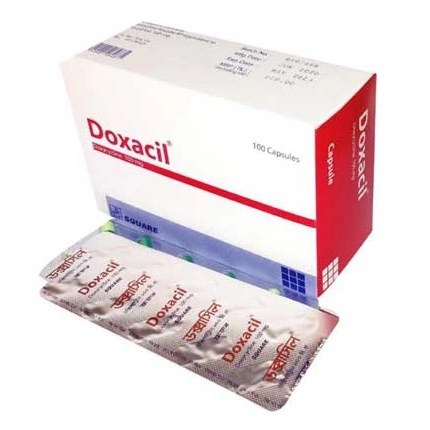
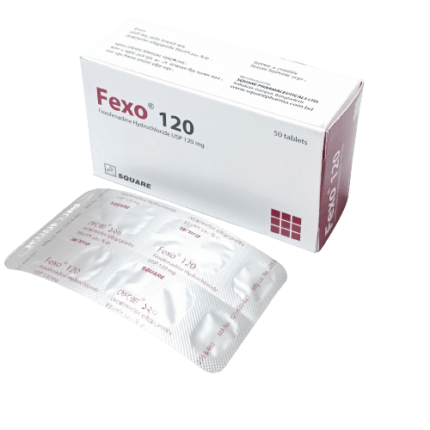
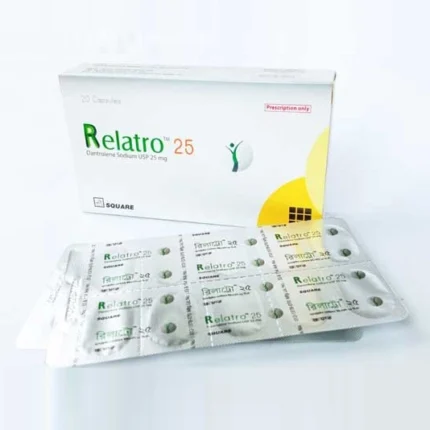
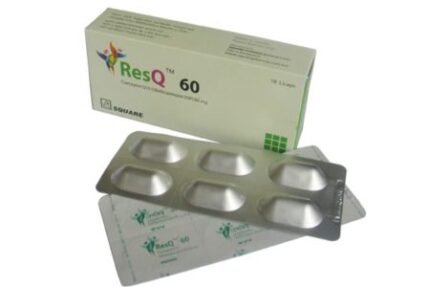
Reviews
There are no reviews yet.